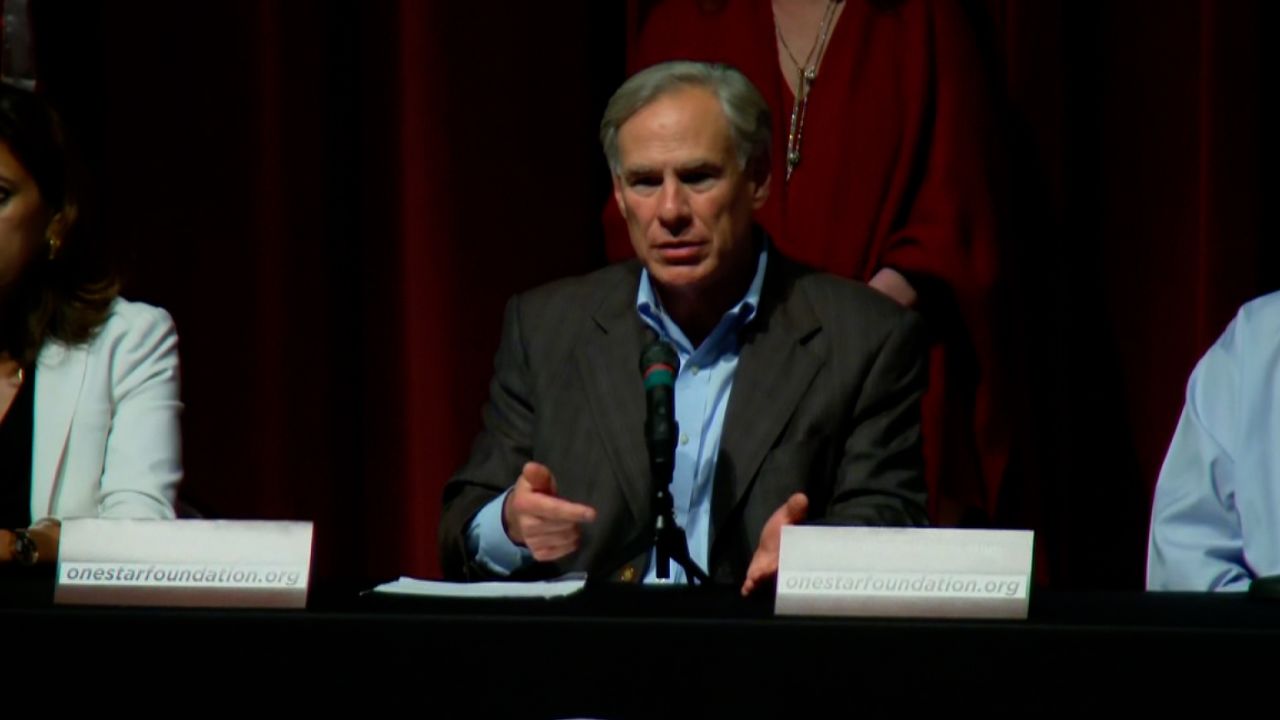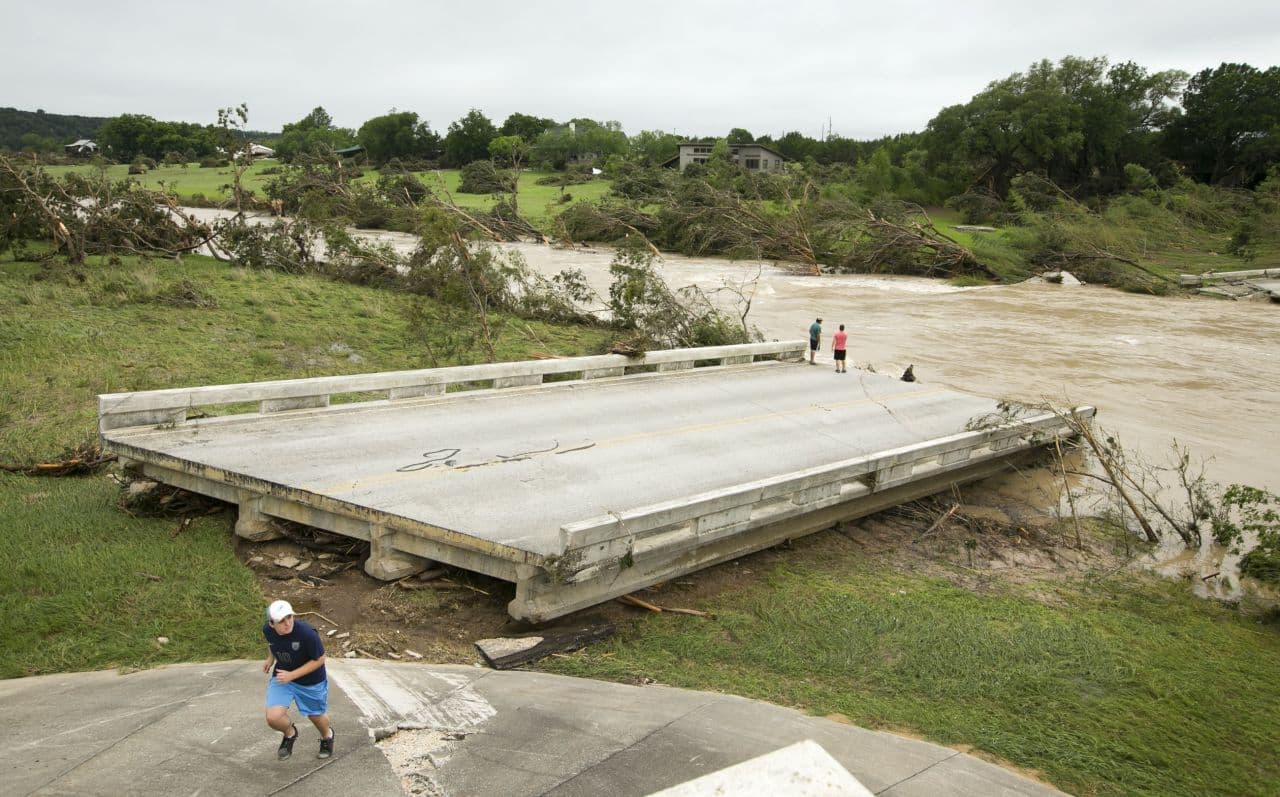Severe flooding in Central Texas has left communities devastated, with at least 27 lives lost and countless families displaced. This catastrophe raises urgent questions about the preparedness and response capabilities of local emergency management, particularly the critical role of the National Weather Service in these moments of crisis.
Vacancies Expose Systemic Failures
As torrential rains inundated Texas, key positions at the National Weather Service went unfilled, directly impacting the agency"s capacity to respond effectively. The San Angelo office, responsible for forecasting in some of the hardest-hit areas, was missing a senior hydrologist and a staff forecaster, according to Newsweek. These vacancies meant that critical communication lines between the Weather Service and local emergency managers were severely weakened, as experienced staff members who would typically coordinate responses during crises were absent.
Local Officials Fail to Prepare
The tragedy unfolded in Kerr County, where many of the fatalities occurred. Rob Kelly, the county judge, admitted that the lack of a flood warning system stemmed from a reluctance among residents to invest in safety measures. "Taxpayers won’t pay for it," Kelly stated, reflecting a troubling trend where the prioritization of fiscal conservatism directly impacts community safety. As reported by The New York Times, the absence of a functioning local flood warning system is emblematic of a broader systemic issue: communities often undervalue the importance of investing in preventive infrastructure until it"s too late.

Visiting NOAA CSL
Climate Change and Extreme Weather Events
Experts are increasingly linking extreme weather events like this to climate change, which is causing more intense and unpredictable rainfall patterns. Former National Weather Service Director Louis W. Uccellini emphasized the challenges posed by rapid escalation of storm events. “It’s pretty hard to forecast for these kinds of rainfall rates,” Uccellini explained, highlighting the need for more resources and research to improve forecasting capabilities. As climate change exacerbates these conditions, it becomes evident that our existing emergency management frameworks are grossly inadequate to cope with the increasing frequency of such disasters.
Failure of Federal Support
The National Weather Service has been operating under significant staffing shortages, a trend exacerbated during the Trump administration. Reports indicate that the agency lost nearly 600 employees through layoffs and retirements, leading to a vacancy rate that is now double what it was in prior years. John Sokich, former director of congressional affairs for the Weather Service, noted that these reductions have dire implications for local coordination, which is essential for effective emergency responses. The push for reduced federal staffing has crippled the agency"s ability to maintain its critical relationships with local emergency management teams, as they struggle to keep up with the mounting challenges posed by climate change.

Gov. Abbott: I was ‘misled’ about circumstances of shooting | CNN
Dangerous Communication Gaps
Despite the National Weather Service’s efforts to issue timely warnings, the communication breakdown between the Weather Service and local officials in Kerr County raises significant concerns. The rapid onset of flooding demands immediate action, and any delay in warnings can lead to catastrophic consequences. As reported, the first flash flood warnings were issued at midnight, yet local officials’ responses to these alerts remain unclear. Without established mechanisms for swift action, communities are left vulnerable, especially those already marginalized and lacking resources.
The ongoing situation in Texas is a stark reminder of the urgent need for comprehensive climate action and the enhancement of emergency management systems. Vulnerable communities, often least equipped to handle such disasters, must be prioritized in resource allocation and policy decisions. It is imperative to address these systemic failures that leave lives at risk in the face of increasingly severe weather patterns.


![[Video] Canada PM Carney says AI data centres must be carbon neutral](/_next/image?url=%2Fapi%2Fimage%2Fthumbnails%2Fthumbnail-1763826648718-lujuba-thumbnail.jpg&w=3840&q=75)
![[Video] Fire at COP30 Climate Summit in Brazil](/_next/image?url=%2Fapi%2Fimage%2Fthumbnails%2Fthumbnail-1763671284663-2idg9-thumbnail.jpg&w=3840&q=75)
![[Video] Fire erupts at COP30 climate summit in Belém, Brazil, no injuries reported](/_next/image?url=%2Fapi%2Fimage%2Fthumbnails%2Fthumbnail-1763661056988-msvhjo-thumbnail.jpg&w=3840&q=75)



![[Video] More videos of ANTIFA activities emerge in Giessen](/_next/image?url=%2Fapi%2Fimage%2Fthumbnails%2Fthumbnail-1764454862523-wtbpg5-thumbnail.jpg&w=3840&q=75)